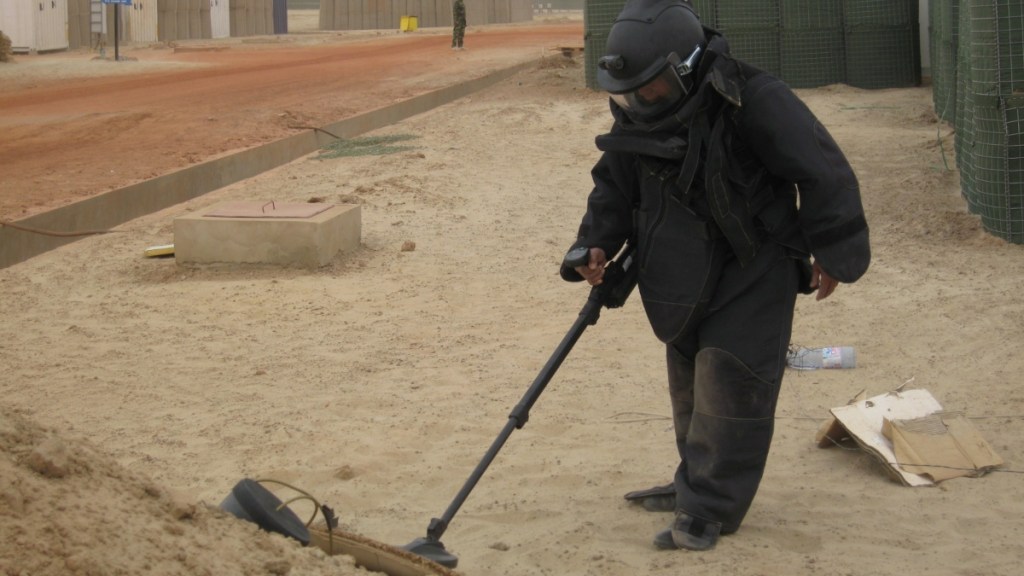The International Mine Awareness Day, which is marked every year on April 4 to draw public attention to mine activity and its safety hazards, has gained the attention of the International Committee of the Red Cross (ICRC). Erik Tollefsen, the head of the ICRC’s weapons contamination unit has informed the public about the untold harm it leaves behind and how it took the life of nine children just this week.
In a statement, he said that nine small children in Afghanistan were killed this week after one picked up an unfamiliar object and triggered a sickeningly fatal explosion.
On December 8, 2005, the United Nations General Assembly declared April 4 as International Day for Mine Awareness and Assistance in Mine Action.
It was first observed in 2006 to promote actions against mine activities and to support civilians from mines and explosives, primarily the remains of war.
So, in order to address the needs of affected individuals and adapt to evolving risks, Tollefsen emphasised the role of the media, stating that it should as rightly focus on the deadly aftermath of war, which lasts long after the fighting ceases, as it focuses on active combat – in Colombia, Gaza, Sudan and Ukraine.
The day aspires for a world free of landmines, emphasising the UN’s accountability framework and Theory of Change in mine action. He stated, “The world is awash in high-intensity conflict, the type that leaves untold numbers of unexploded ordnance behind.”
The day aspires for a world free of landmines, emphasising the UN’s accountability framework and Theory of Change in mine action, as he stated, these legacy weapons pose a lethal threat to communities trying to live a safe, normal life.
The day is also intended to promote peacekeeping, humanitarian efforts, and education in high-risk communities. He recommended that more financial resources and equipment would be required to remove unexploded bombs and teach populations on how to protect themselves.
The International Committee of the Red Cross is collaborating with its partners, including Red Cross and Red Crescent National Societies, in war zones and former war zones around the world to raise public awareness of these risks, with the goal of preventing more children, such as those in Afghanistan, from dying needlessly.
Last year, the United Nations Mine Action Service (UNMAS) highlighted difficulties in Cambodia, Laos, and Vietnam under the theme “Mine Action Cannot Wait.”


